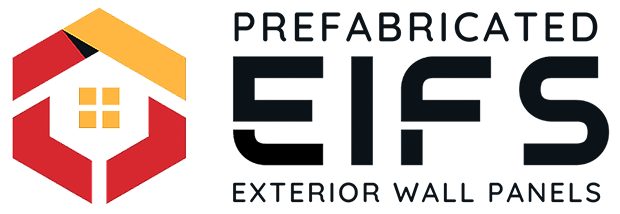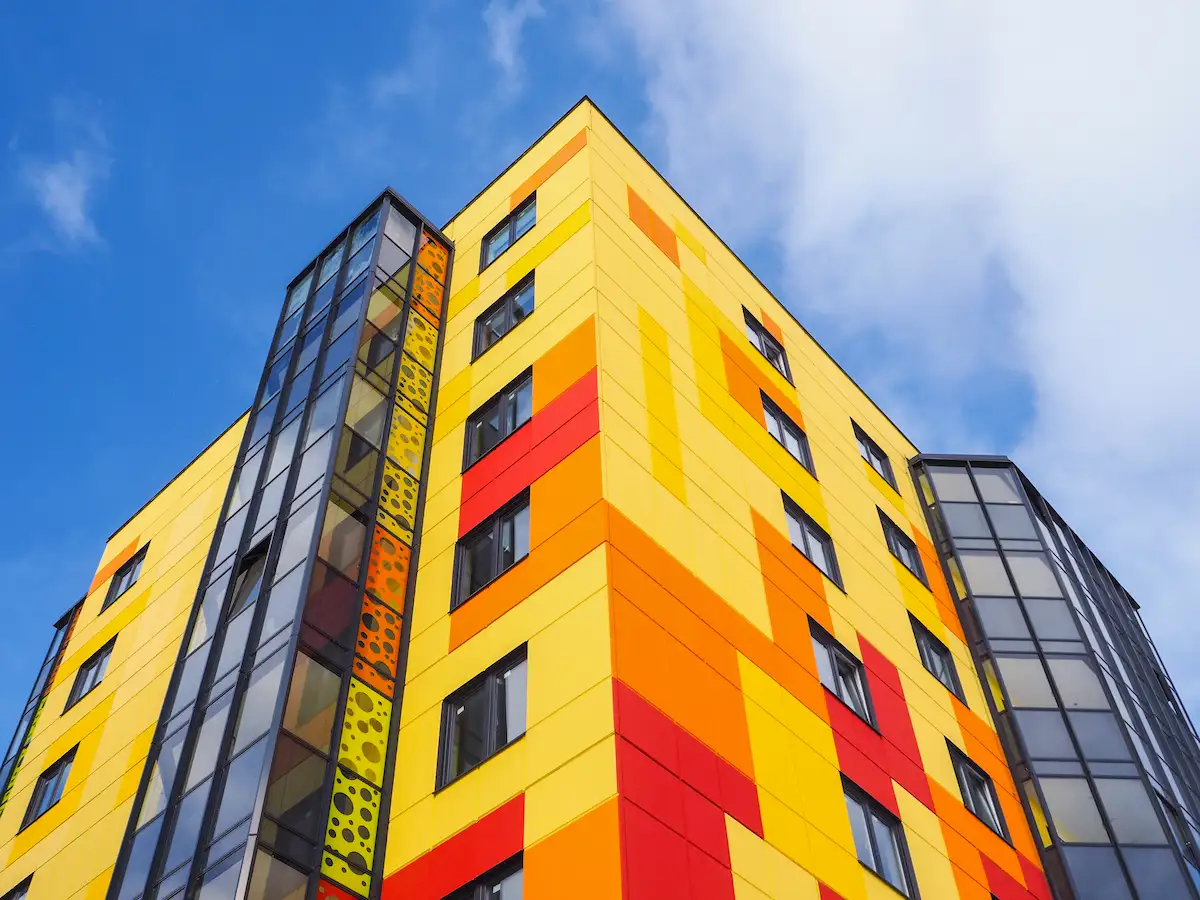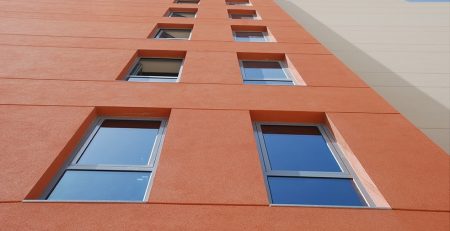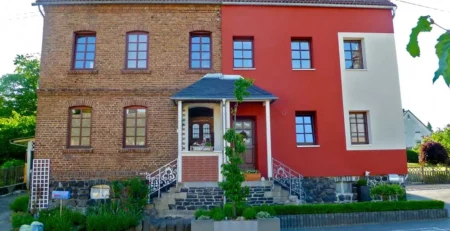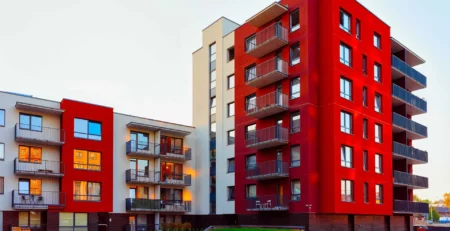EIFS Market Forecast for 2025: Trends and Growth in Sustainable Construction
The Exterior Insulation and Finish System (EIFS) market is expected to see significant growth by 2025, driven by rising demand for energy-efficient building solutions and the increased adoption of green technologies in construction. As the construction industry continues its shift towards sustainability, EIFS is gaining attention for its superior insulation capabilities and its contribution to reducing energy consumption in residential and commercial buildings. In this article, we will explore the key trends and forecasts for EIFS in 2025, emphasizing energy efficiency, sustainability, and technological innovation as the primary growth drivers.
1. Growing Demand for Energy-Efficient Buildings
One of the most significant factors fueling the EIFS market in 2025 is the increasing global emphasis on energy efficiency. Governments worldwide are implementing stricter energy codes and offering incentives for green building practices, encouraging the construction of more sustainable structures. EIFS plays a crucial role in this, as its thermal insulation properties help reduce heating and cooling demands, making buildings more energy-efficient.
According to industry forecasts, the EIFS market is projected to grow at a CAGR of 6.7% between 2023 and 2025, with energy efficiency and sustainability driving demand. The European Union and North America, in particular, are expected to see strong adoption of EIFS, owing to regulatory frameworks like the EU’s Energy Performance of Buildings Directive (EPBD) and the US Department of Energy’s energy efficiency standards.
2. Advancements in Green Technology
The integration of green technology into EIFS systems is a game-changer for the construction industry. By 2025, we can expect further innovation in eco-friendly materials and manufacturing processes. The use of sustainable and recyclable materials, such as mineral wool insulation and low-VOC finishes, will become more prevalent as building projects aim for LEED certification and other sustainability benchmarks.
Moreover, the development of prefabricated EIFS panels will continue to streamline the construction process, reduce waste, and lower carbon emissions. Prefabrication also enables faster construction times, which is appealing for large-scale commercial projects aiming to meet sustainability deadlines.
3. Adoption of EIFS in Commercial Construction
While EIFS has been widely used in residential buildings, the commercial sector is expected to see a significant increase in adoption by 2025. Commercial buildings, such as offices, hotels, and retail spaces, are increasingly focused on reducing operational costs through energy efficiency. EIFS helps achieve this by offering high-performance insulation while providing an aesthetically appealing exterior.
By 2025, the demand for EIFS in commercial applications is forecasted to rise by over 7% annually. In addition, the flexibility and design options that EIFS provides make it a popular choice for modern architectural trends that prioritize both energy performance and visual appeal.
4. Regional Market Growth
- North America: The EIFS market in North America is expected to grow rapidly due to stringent building codes related to energy efficiency. The US and Canada have seen increasing adoption of EIFS, especially in areas experiencing extreme weather conditions, as EIFS provides superior thermal performance and moisture control.
- Europe: Europe remains a leader in the use of EIFS, particularly in countries like Germany, Italy, and France, where green building regulations are among the strictest in the world. The European Green Deal, aimed at making the EU climate-neutral by 2050, further incentivizes the adoption of energy-efficient cladding systems like EIFS.
- Asia-Pacific: In emerging markets across Asia-Pacific, such as China and India, EIFS adoption is growing as the construction sector shifts towards sustainable building practices. Rapid urbanization and government initiatives to promote energy-efficient construction are likely to push the demand for EIFS in the region.
5. Technological Innovations in EIFS
By 2025, smart EIFS systems incorporating sensor technology and automation may become a reality. These systems would enable building owners and facility managers to monitor the performance of the EIFS in real-time, including its thermal efficiency and moisture control capabilities. Such innovations will make EIFS an even more valuable asset in modern construction projects, where smart building technologies are increasingly sought after.
Additionally, the development of biodegradable or carbon-negative materials in EIFS will likely gain momentum as companies prioritize eco-friendly alternatives. These innovations not only contribute to reducing the carbon footprint of buildings but also ensure that EIFS systems remain sustainable throughout their lifecycle.
6. Challenges and Opportunities
While the EIFS market is poised for growth, there are some challenges to address. The perception of EIFS as being less durable or prone to moisture damage has led to skepticism in certain regions. However, ongoing advancements in water management systems and installation techniques are resolving these issues, offering EIFS greater reliability and durability.
At the same time, growing awareness of climate change and energy efficiency presents a major opportunity for the EIFS industry. As the global push for net-zero energy buildings intensifies, EIFS will continue to play a pivotal role in helping the construction sector meet its sustainability goals.
Conclusion
By 2025, the EIFS market is expected to grow significantly, driven by the rising demand for energy-efficient, sustainable construction solutions. Key trends like the adoption of green technology, the rise of prefabricated EIFS panels, and the increasing focus on commercial applications are reshaping the industry. As environmental regulations tighten and construction practices evolve, EIFS will remain a crucial component of the global shift toward sustainability in the built environment.
Embracing these advancements will ensure that EIFS continues to thrive in a rapidly changing construction landscape.
